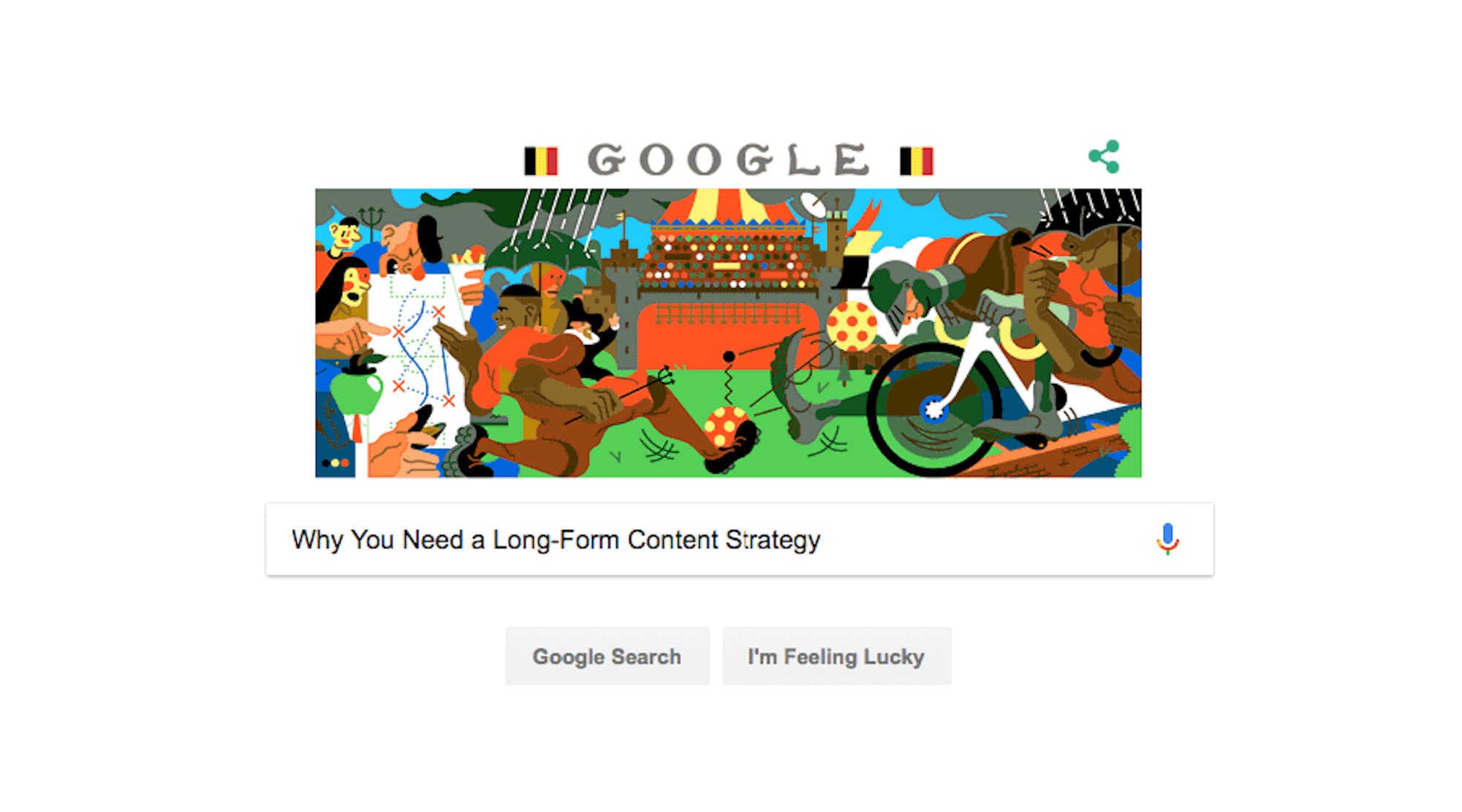In fairness to the myth peddlers, a lot of them are grounded in fact, albeit historical. SEO is, by its very nature, a constantly changing and evolving landscape. Google regularly updates its algorithms, and every time it does, the rules change slightly. Google’s most recent approach and the latest batch of updates, some of the most notable of which include Panda, Penguin and Hummingbird, have begun to usher in a new age of SEO.
Gone are the dirty parlour tricks like keyword farming. Google is now focussed heavily on the quality of a website’s content and the intent of the user. Not forgetting on-site techniques like the site’s speed, security and mobile user experience. Perhaps more interestingly, we are seeing bigger impacts from a brand’s wider digital footprint.
Digital Footprint and SEO
Your digital footprint simply refers to your entire activity online. Not just your website, but social media, directories, rating sites and other blog sites too – in essence, anything you’re doing online that can link, directly or not, back to your site and brand. Google and other search engines are fantastically talented at finding all of this online information and pulling it together for one complete picture. The more info they have, the easier you’ll be to find, and, in general, the higher up SERP’s (Search Engine Result Pages) you’ll appear. I recently wrote an article giving my top 5 marketing tips that are sure to help your wider digital footprint.

The Impact of Social Media
The importance of social media to SEO rankings has been a contentious issue for a long time. Back in 2010, both Google and Bing admitted they used signals from social media sites to influence their rankings. Then, since 2014 Google has been adamant they do no such thing, but we know what Google says and does are possibly (almost definitely) different things.
The data and research conducted by Hootsuite would suggest Facebook and Twitter URL’s have appeared significantly more often in search results since the end of 2015 and have risen steadily since.
The research goes onto suggest that there is a strong correlation between social media engagement and search engine rankings. It’s not just about spamming your followers to climb the SERPs, the posts need to be high-quality and encourage engagement from your followers. Quality over quantity is key. Throwing out a hundred blogs with no interaction is a thing of the past. Quality content that people are interested, and therefore engages, is much more powerful. We all know backlinks are super powerful so the more your posts (with a link to your content) are shared, the more authority those pages have.
Long-Form Content
There are a number of reasons why long-form content (posts of 1000 words and above) is great for your SEO. It has a lot to do with Google’s focus on ‘high-quality content’ and their desire to answer their users’ specific queries. After all, a 2000 word, detailed article on how to put a social media strategy together is far more useful to a user than a 300-word blog post that has been rammed full of loosely-related keywords.
Google appreciates that this content is more useful for its users and promotes you up the rankings as a result. Long-form content also means you’re more likely to appear for long-tail search queries and generate a larger number of backlinks. To find out more about the benefits of a long-form content strategy, check out our previous blog.

Quality Over Quantity
The eagle-eyed amongst you will have noticed we’ve mentioned quality and keeping it high several times so far. This really could not be more important. Google is incredibly fussy with what it deems ‘high-quality’ and is very unforgiving to those sites which it labels as spammy. A Google penalty is not something you want to be on the receiving end of! Your web developer won’t thank you for it either.
To keep your content’s quality high, keep your users in mind at all times. What’s going to help them solve their problems and answer their questions? There are loads of ways you can find out what people are searching. Google will even show you under “People also ask”. Take this approach over a keyword-heavy approach – there is a reason Google removed their keyword tool. I’m sure you’ve heard content is king, and a king does not deserve poorly written, copied or spammy content.
The Basics Still Apply
We’ve talked about changes in the approach of search engines ushering in a new age of SEO. But the basics still apply and should always be taken care of first. Make sure the HTML structure on your website is spot on, and that you’re using a hierarchy of h1 and h2 headline tags. Make sure your meta titles and descriptions are all in place and relevant. Include alt text on your images. These are the foundations of your on-page SEO and shouldn’t be ignored just because your social media presence will now help. You don’t want the cart leading the horse. Take advantage of easy to implement schema markup for your pages and build links the right way.
SEO isn’t a dark art. You don’t need to study for hundreds of years to learn all the tricks of the trade. A lot of this is common sense applied to your website. Get the foundations right (on-site SEO), make sure your content is readable and high-quality, and be active across the internet in sharing this content. Don’t underestimate the impact your wider digital footprint will have on your search rankings.
The Bigger Picture way
When we design and develop a new website we ensure the right foundation is laid to achieve successful rankings. Whilst on-site optimisation may not be enough to rank for competitive phrases, don’t underestimate its importance. Make sure you choose the right web design team and they’ll be happy to work with you or your SEO agency to achieve the results you deserve. Find out more about our SEO services.
Have something to add to this article? Want to talk SEO? Have an exciting project in mind? We’re here to listen and love to speak digital. Get in touch today.
